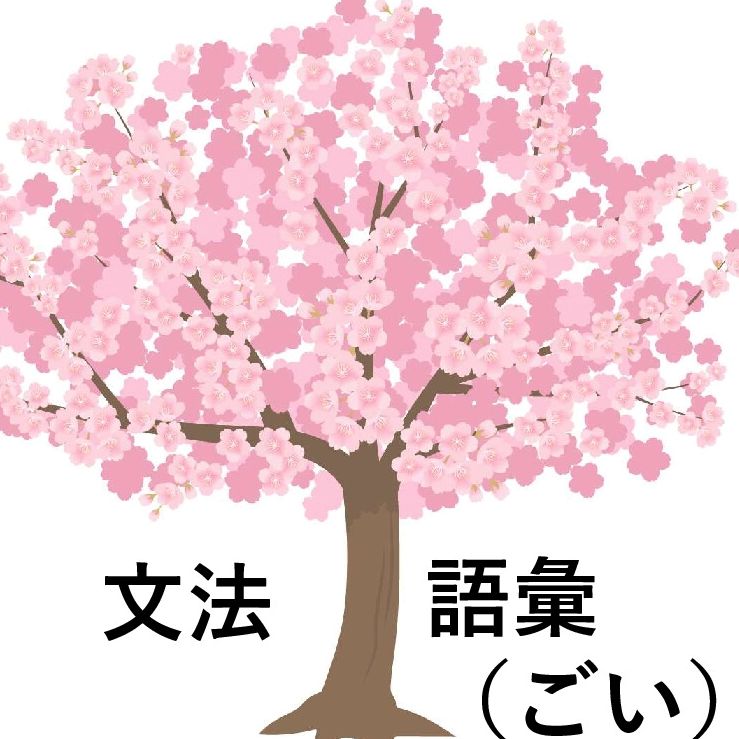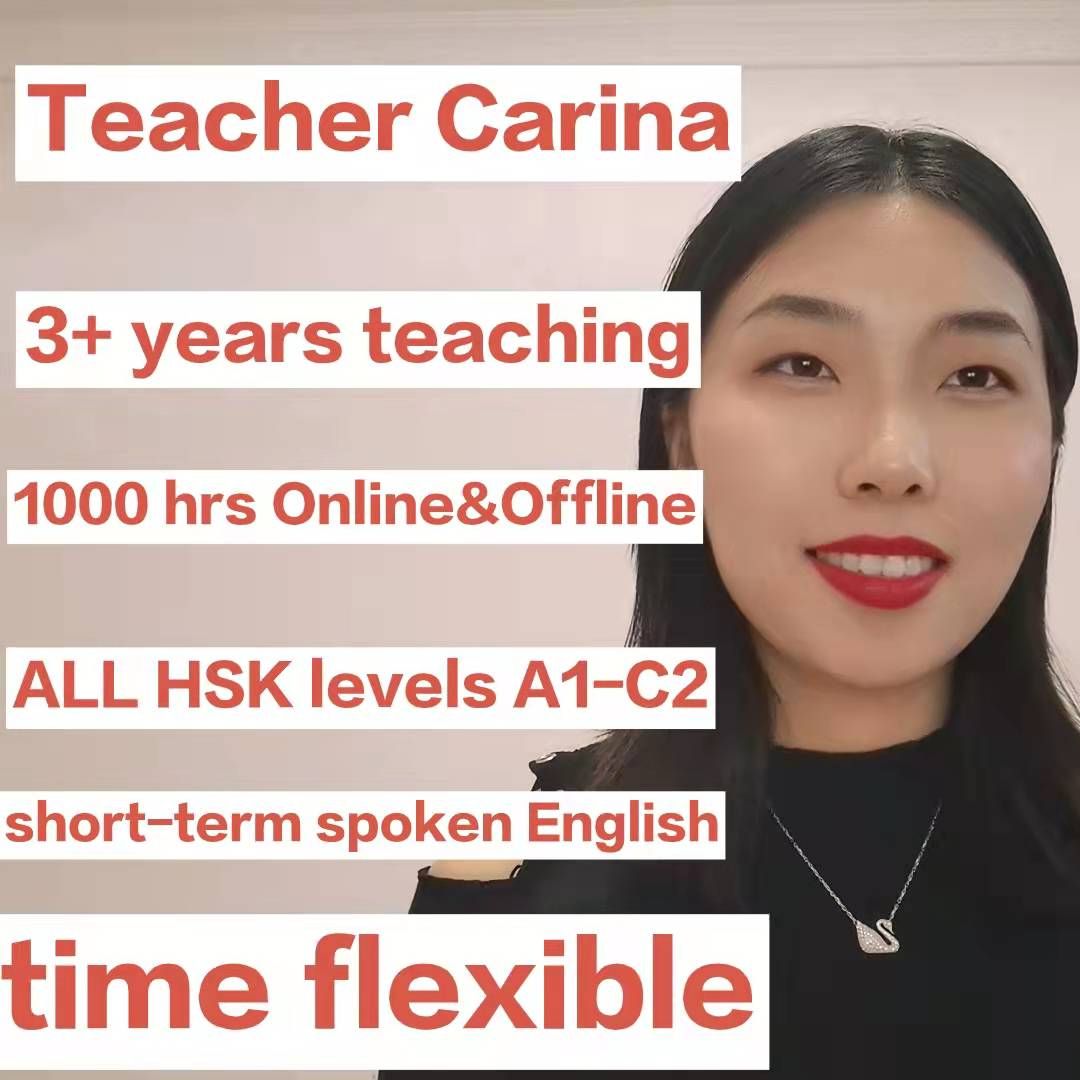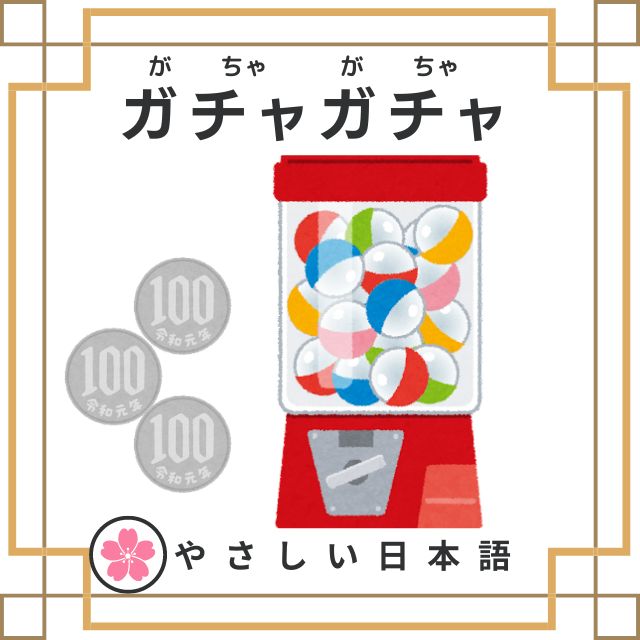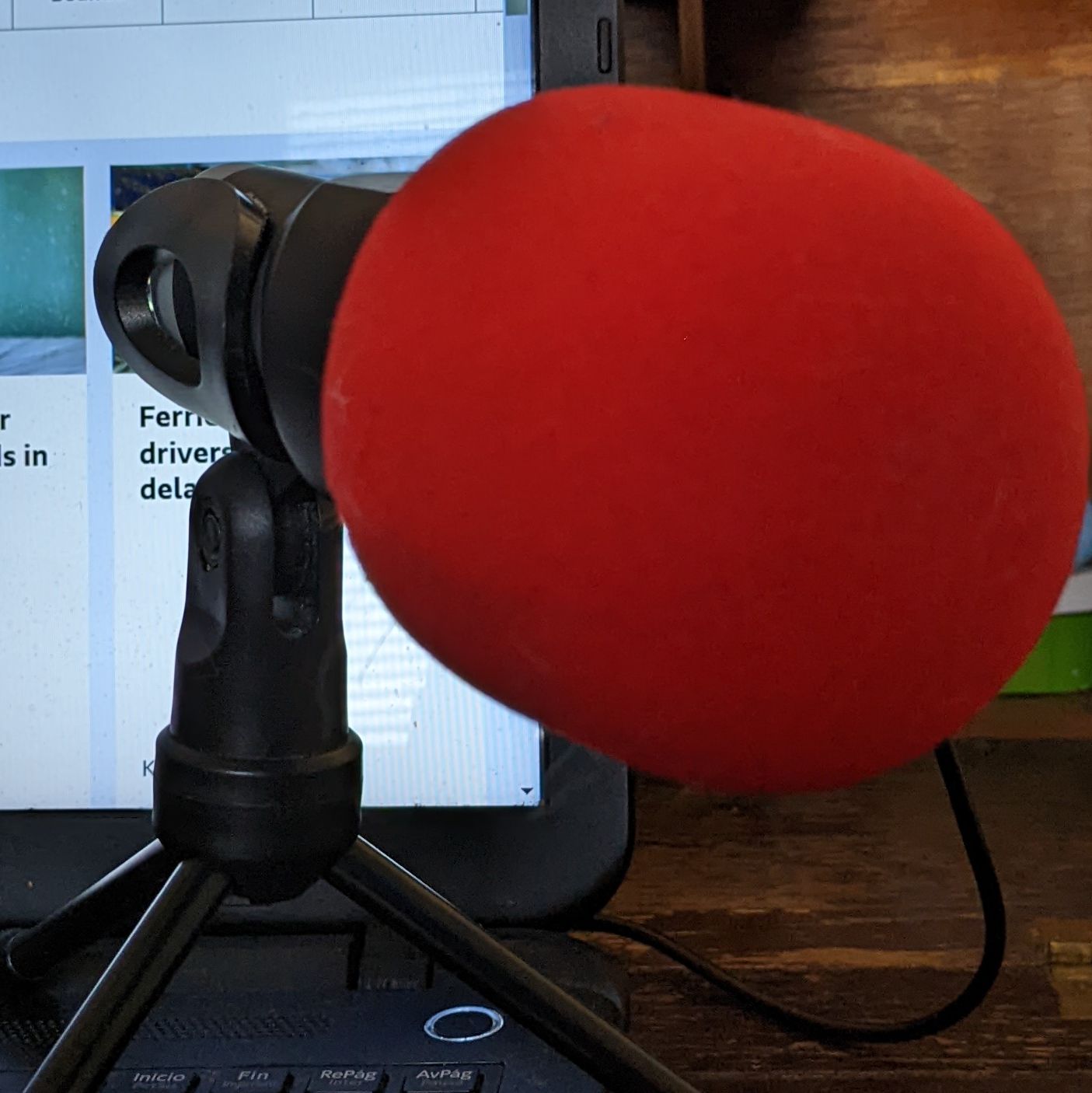
【意味】自動詞と他動詞(meanings between transitive and intransitive)
Descripción
こんにちは。
今日は自動詞と他動詞の意味の区別について説明します。
Today I will discuss the distinction between the meanings of transitive and intransitive verbs.
ルール1
(自動詞は「を」がつかない)
例:ドアが閉まる。
例:パソコンがつく。
(他動詞は「を」がつく)
例:ドアを閉める。
例:パソコンをつける。
他動詞は結果、自動詞は原因です。
➀ドアを閉める。(原因) ドアが閉まる。(結果)
「私がドアを閉める」
→ドアが閉まる。
②パソコンをつける。(原因)パソコンがつく。(結果)
「私がパソコンをつける」
→パソコンがつく。
例外が2つあります。
「を」がつく自動詞があります。Intransitive verbs with 「を」(exception)
1.
例1)空港を出発する。
例2)家を出る。
※「を」の意味は起点です。起点はスターティングポイントです。(「を」representing a starting point)
2.
例1)公園を歩く。
例2)橋を渡る。
※「を」は経路を表します。経路はルートです。(「を」for a route)
ルール2
他動詞のペアがない自動詞➀ (Only intransitive verb)
例1:雨が降(ふ)った。
例2:花が咲(さ)いた。
例3:今夜は月が明るく輝(かがや)いている。
自然に起こることを表しています。(indicates a state occurs natural)
他動詞のペアがない自動詞② (Only intransitive verb)
例1:子どもたちはいすに座った。
(子どもが座る)
例2:飛行機が空を飛んでいる。
(飛行機が飛ぶ)
人や物への働きかけがない動作を表しています。
(Refers to an action that does not have any impelling effected on other people or things)
例1:子どもたちはいすに座った。
(子どもが座る)
例2:飛行機が空を飛んでいる。
(飛行機が飛ぶ)
(Refers to an action that does not have any impelling effected on other people or things)
ルール3 自動詞がない動詞(only transitive verb)
例1:先生が子どもをしかった。
(Teacher scolded the child.)
例2:私はリーさんに仕事を頼んだ。
(I asked Mr Lee to do the job.)
これらは、人や物への働きがある動作を表しています。
(refers to an action that has some impelling effect on other people or things)
例1:先生が子どもをしかった。
(Teacher scolded the child.)
例2:私はリーさんに仕事を頼んだ。
(I asked Mr Lee to do the job.)
わかりましたか?
わからなかったら、レッスンで聞いてください。
Canal de podcast
にほんごのれんしゅう
Autor
Todos los episodios

Ramadan

一尘不染

ガチャガチャ Gacha gacha

Lorca en EE.UU

#29 Easy News / おきなわのサンゴ《Coral reefs of Okinawa》 // N4 Level /Japanese listening

Learn Basic Spanish: Planes y proyectos (plans and projects)

001 Our Favorite American States

Pubs in the UK (with transcript)
Episodios populares

Aprende árabe con Radia
Ramadan

成语故事 Idiom story
一尘不染

やさしい日本語(にほんご)
ガチャガチャ Gacha gacha

AUDIO-ARTÍCULOS (Nivel B2-C1)
Lorca en EE.UU

Simple Japanese Listening with Meg(めぐ)Smile
#29 Easy News / おきなわのサンゴ《Coral reefs of Okinawa》 // N4 Level /Japanese listening

Super Basic Spanish
Learn Basic Spanish: Planes y proyectos (plans and projects)

Brentoni's English Podcast
001 Our Favorite American States

Teacher Joseph's Podcast
Pubs in the UK (with transcript)